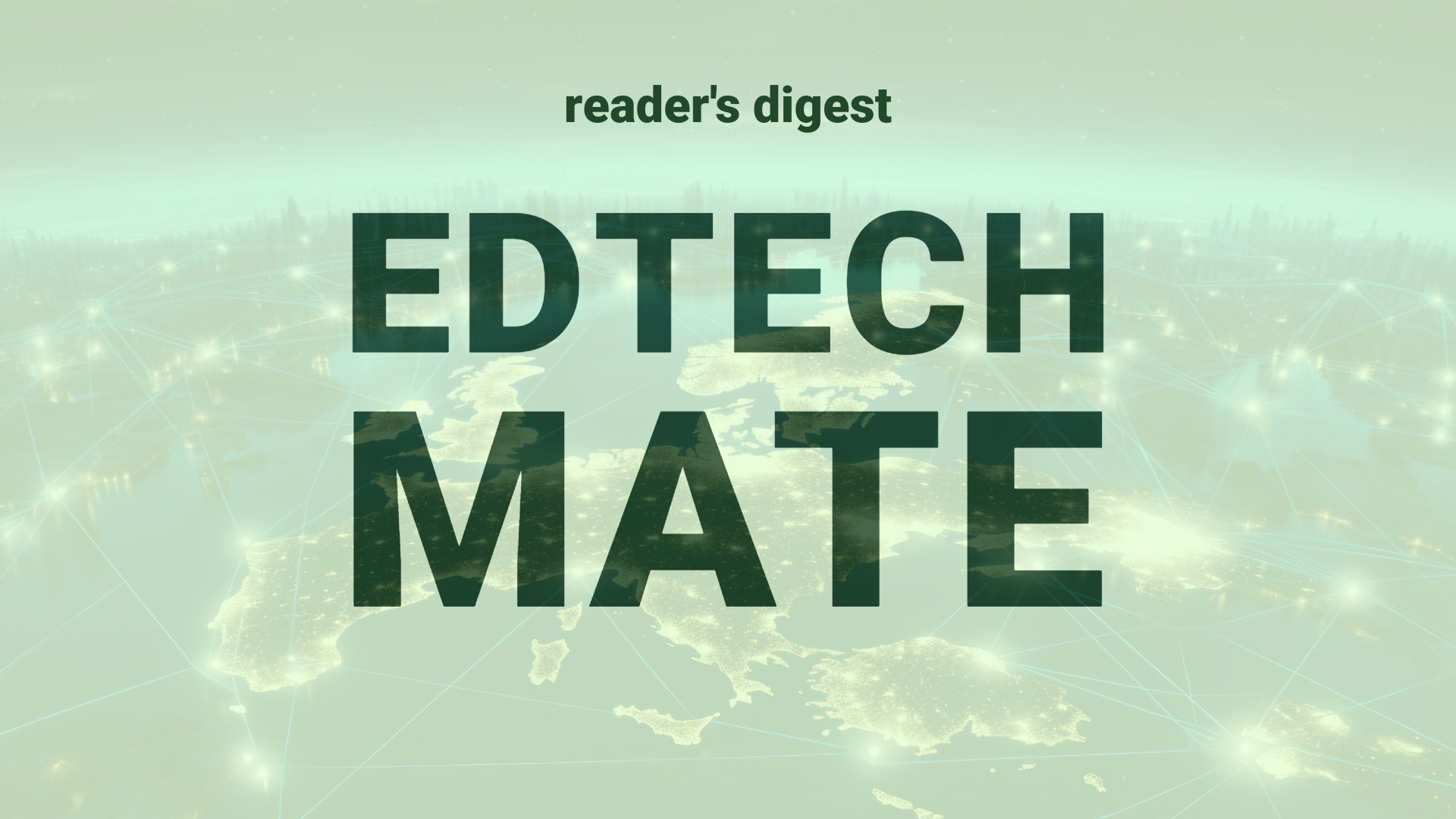Executive Summary and Main Points
International higher education and digital transformation sectors are keenly watching developments in transparency and accountability as they relate to diversity, equity, and inclusion (DEI). Notable trends in these sectors include the strategic broadcasting of DEI commitments across various platforms and the introduction of new practices and policies aimed at increasing workforce diversity. The aforementioned research posits that stakeholders value transparency even when organizations fall short of their DEI goals, suggesting that such disclosures are indicative of a serious commitment to set diversity objectives.
Potential Impact in the Education Sector
The education sector, spanning Further Education, Higher Education, and Micro-credentials, could experience substantial impacts from these developments. Increased transparency and accountability may lead to the adoption of more robust DEI policies, enhancing the representation and inclusivity within educational institutions. This, in turn, could stimulate strategic partnerships among schools, governments, and private entities, with a heightened focus on digitalization as the conduit for policy communication and implementation.
Potential Applicability in the Education Sector
Innovations such as AI-powered analytics and digital assessment tools can be applied within global education systems to monitor and report progress on DEI goals, providing data-driven insights that can inform strategy and decision-making. Digital platforms can facilitate global collaboration and sharing of best practices in DEI, potentially leading to the development of more inclusive curricula and pedagogies informed by diverse perspectives.
Criticism and Potential Shortfalls
Criticism and potential shortfalls of these approaches must be acknowledged, with emphasis on how slow progress, despite transparency, can undermine goodwill. Comparative international case studies typically reveal that the effectiveness of policies varies based on cultural and ethical contexts. Therefore, educational institutions must navigate these dynamics carefully to avoid superficial compliance, tokenism, or backlash from stakeholders expecting tangible improvements in diversity.
Actionable Recommendations
To effectively leverage these technological advancements in international higher education, leadership should consider practical steps such as integrating AI to track DEI metrics, building partnerships for shared learning, and aligning digital transformation with DEI goals to ensure inclusion is part of the strategic growth. Institutions should foster an environment where transparency is coupled with continuous improvement, and where technological tools are used to facilitate an authentic commitment to diversity and inclusion.
Source article: https://hbr.org/2024/06/research-why-companies-should-disclose-their-lack-of-progress-on-dei

